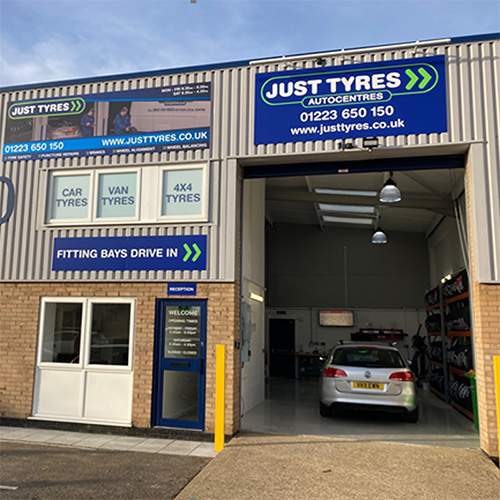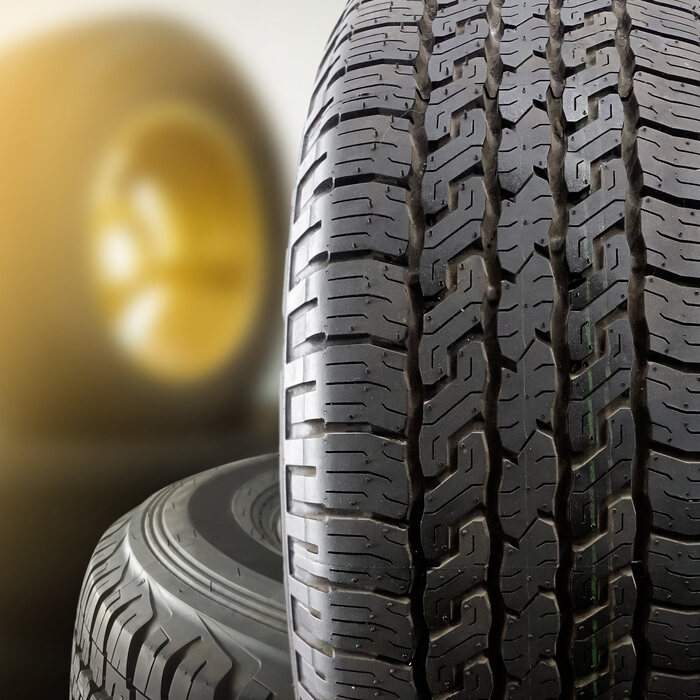UK TYRES LAWS
To ensure you’re able to safely drive your vehicle, there are a number of UK tyre laws that must be adhered to.
This includes minimum tread depth, speed rating, and load size. Below is our guide to tyre law in the UK:
Choice of tyres
Depending on the type of vehicle, there will be a number of different options available to you that are perfectly legal. Refer to your vehicle handbook to ensure you’re using the correct type of tyres. For example, vehicles not designed to be used with run flat tyres cannot legally use run flat tyres.
When using seasonal tyres, you’ll need to use four tyres of the same type. For example, four winter tyres during the winter, four summer tyres during the summer, or four all-season tyres.
Unlike Europe, in the UK it’s not illegal to use the wrong seasonal tyres, however it is highly advisable that you don’t. Doing so will affect handling and braking distance, and will wear your tyres much quicker and potentially damage the tyre structure.
You should also not mix off-road tyres with standard road tyres.
TYRE MARKINGS
The markings or codes on the tyre sidewall indicate the following, in order:
- Tyre width
- Aspect ratio
- Radial construction
- Rim diameter
- Load index
- Speed rating
Tyre load markings
Tyre load markings indicate the weight, in kilograms, that each tyre is able to support. Because there are four tyres, that means the max load can be multiplied by four, which will be enough to support the vehicle weight, along with passengers and a finite load.
Below is a guide to tyre load markings:
| Load Index | Max Load KGs | Load Index | Max Load KGs | Load Index | Max Load KGs |
| 65 | 290 | 76 | 400 | 87 | 545 |
| 66 | 300 | 77 | 412 | 88 | 560 |
| 67 | 303 | 78 | 425 | 89 | 580 |
| 68 | 315 | 79 | 437 | 90 | 600 |
| 69 | 325 | 80 | 450 | 91 | 615 |
| 70 | 335 | 81 | 462 | 92 | 630 |
| 71 | 345 | 82 | 475 | 93 | 650 |
| 72 | 355 | 83 | 487 | 94 | 670 |
| 73 | 365 | 84 | 500 | 95 | 680 |
| 74 | 375 | 85 | 515 | 96 | 710 |
| 75 | 387 | 86 | 530 | 97 | 730 |
Tyre speed rating
The tyre speed rating indicates the maximum speed at which the vehicle can travel when the tyres are in use. This is indicated by the last letter on the markings on the tyres sidewall.
To find the speed rating required for your vehicle, you should refer to the handbook. These letters are universal, and mean the following:
| Speed | Maximum Car Speed for Tyre | |
| Speed Symbol | km/h | mph |
| N | 140 | 87 |
| P | 150 | 94 |
| Q | 160 | 100 |
| R | 170 | 105 |
| S | 180 | 113 |
| T | 190 | 118 |
| U | 200 | 125 |
| H | 210 | 130 |
| V | 240 | 150 |
| W | 270 | 168 |
| Z | 300 | 186 |
European regulations — ‘E’ marking
Radial car and 4x4 tyres are type approved in accordance with ECE regulations, and carry the requisite mark on the tyre's sidewall - for example, E3 0162.
Consumer protection regulations prohibit the sale of car radial or 4x4 tyres that are not ‘E’ marked.
Minimum legal tread depth
The main reason a tyre has tread is to disperse water efficiently. The less tread you have, the more likely you are to skid or aquaplane on wet roads and lose steering control.
It’s illegal to run a tyre with a minimum tread depth of less than 1.6mm round the entire outer circumference. Tyre manufacturers build a number of tread wear indicator bars into the tread area of their tyres, which become visible at 1.6mm. These serve as a useful visual reminder to change your tyres.
However, wet weather braking and cornering efficiency reduce considerably as the tyre wears down and it’s advised that you change your tyres before you reach the legal limit.
The penalty for driving with illegal tyres on your car is severe. There’s a compulsory driving licence endorsement of three penalty points, and a fine of up to £2,500 for each illegal tyre - which means if each tyre is below the legal limit you could face a fine of up to £10,000.
It’s important that you regularly inspect the condition of your tyres to ensure the tyre tread depth is above the legal minimum, and for signs of damage.
The 20p test
You can use a 20p coin to check tread depth by slotting it between the grooves - if the outer rim of the coin is visible, it’s advisable that you have your tyres replaced.
Relative stopping distances of tyres
Take a look at the below graphic (not to scale) that demonstrates just how dramatically having the correct tyre tread depth can affect braking distances. For safety reasons, it’s vital that you ensure you have roadworthy tyres.
Spare tyre
It’s not a legal requirement that you keep a spare tyre - along with the tools needed for changing a tyre - with you in the vehicle.
However, it’s advised that you do carry a spare tyre (unless your car uses run-flat tyres) in the event you experience a puncture.
Along with a spare tyre, a pressure gauge is also recommended, but not a legal requirement. A pressure gauge will allow you to check your tyre pressure without the need to take the vehicle to a petrol station or garage.
Radial and cross-ply tyres
You can fit different makes of tyre on the same or different axles, providing they’re all the same size and type of construction.
It’s illegal to fit cross-ply and radial construction tyres on the same axle, and to fit cross-ply tyres on the rear axle with radial or bias belted tyres on the front axle.
Potential penalties
There are a number of offences that can lead to you receiving points on your license, as well as the aforementioned £2,500 fine per tyre. When inspecting your tyres, any of the following can result in points and/or a fine:
- Tyres below the legal minimum tread depth
- Tyres under inflated
- Tears over 25mm or bulges in the tyres structure
- An incorrect mixture of cross ply/radial tyres
- Ply or cord which is exposed
It’s best to get an understanding of basic UK tyre law to make sure you’re driving legally.Just Tyres are dedicated tyre specialists
If you’re unsure, any Just Tyre fitting centre will be able to advise you on the legality of your tyres and the tyres you want fitted. Tyres are the only part of the car to be in contact with the road surface, so there’s a lot riding on your tyres.
If you’re not sure about what tyres you need, get in touch with us today and we can answer any questions you might have, such as correct size, what tyre you need for certain driving conditions, or whether your car has run-flat tyres.
If you know what you’re looking for, you can use our quick and easy tool to buy tyres online today.






 Same Day Fitting. Order By 10:30am
Same Day Fitting. Order By 10:30am
 39 Nationwide Fitting Centres
39 Nationwide Fitting Centres
 5 Year Warranty On All Tyres
5 Year Warranty On All Tyres
 Price Check Promise. Always Great Deals
Price Check Promise. Always Great Deals

 Find a Centre
Find a Centre


